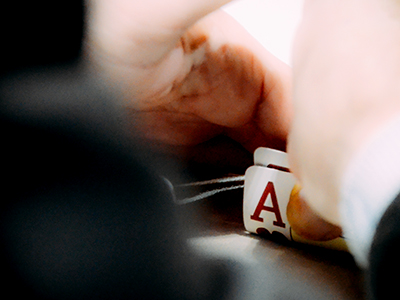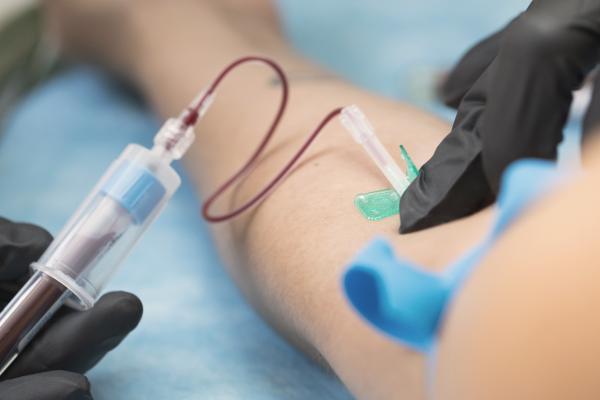
Researchers explore the specific brain sections responsible for risk-and-reward-related decision-making.
Evoking the famous Kenny Rogers song, a new study by Vancouver Coastal Health Research Institute scientist Dr. Stan Floresco took a closer look at the sections of the brain that decide when to hold ‘em, fold ‘em, walk away, or alternatively, risk going all in. The study, published in Neuropsychopharmacology, used animal models to identify which segments of the brain’s prefrontal cortex help make decisions that may offer a reward but require some level of risk or uncertainty.
“We wanted to know more about the neural basis underlying risk decision-making when someone is choosing between two types of options: a riskier option that results in either a big payout or no reward at all, versus a second option that offers a smaller, but reliable reward,” explains Dr. Floresco, a researcher with the Djavad Mowafaghian Centre for Brain Health.

For their study, Dr. Floresco and his team trained rat subjects to identify between two different audio tones for a novel blackjack-inspired task. One tone indicated that the subject had a good chance of receiving a large, four-pellet food reward if it selected the “risky” lever (similar to a blackjack scenario in which the dealer shows a low card, e.g. a six). The other audio tone indicated a low probability of getting the large reward if the subject chose the risky lever (e.g. as though a blackjack dealer shows an Ace) and here, it would be more profitable on average for the rat to choose a second lever option that gave out a smaller but more reliable one-pellet reward.
“The subjects learned the difference between the two audio tones relatively quickly. Within 10 to 15 days they started playing riskier (i.e. showing a strong bias to choosing the larger/riskier option) when we gave them the tone saying the odds are good and they played less risky when we gave them a tone that the odds are poor,” details Dr. Floresco. “Normally, they played risky 70 per cent of the time when we told them via the tone that the odds were good and about 25 per cent of the time when the odds were poor.”
The researchers found that when they administered a drug to temporarily suppress activity of the lower (ventral) parts of their prefrontal cortex, the subjects played riskier, particularly when given the tone for poor odds at which time they would have typically opted for the more reliable, smaller-reward, decision. In contrast, when the researchers temporarily suppressed different regions of the upper (dorsal) part of the prefrontal cortex, they played less risky, than they normally did when they were informed that the odds were good.
If the goal is to maximize ‘payouts’, the subjects were engaging in suboptimal decision-making when we were temporarily shutting down these different parts of the brain, either by being risk averse when they should have played risky, or being overly risky when they should have chosen the more conservative option.
Findings may help understand where behavioural abnormalities originate

“Some studies suggest that patients with depression may be more risk-averse in similar games of chance, which makes sense when you think about how depression presents,” says Dr. Floresco. “Being less likely to chase after big rewards or take a risk to win big may be related to some hypoactivity in the upper regions of the cortex, whereas within the lower regions there may be some dysfunction when it comes to conditions that impair impulse control, such as attention-deficit disorder and obsessive-compulsive disorder.”
“Imaging in healthy humans has shown greater activation in the upper parts of the cortex when subjects are making risky choices, particularly when it is the correct risky choice to make,” he adds.
Dr. Floresco and his team plan to broaden their research to look at whether the dorsal and ventral prefrontal cortex regions of the brain are talking to other parts of the brain in order to implement safe or risky decisions.


